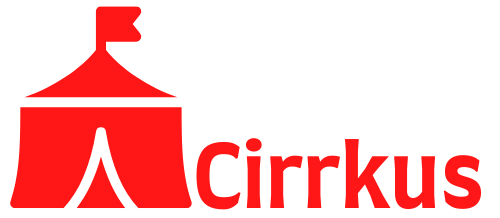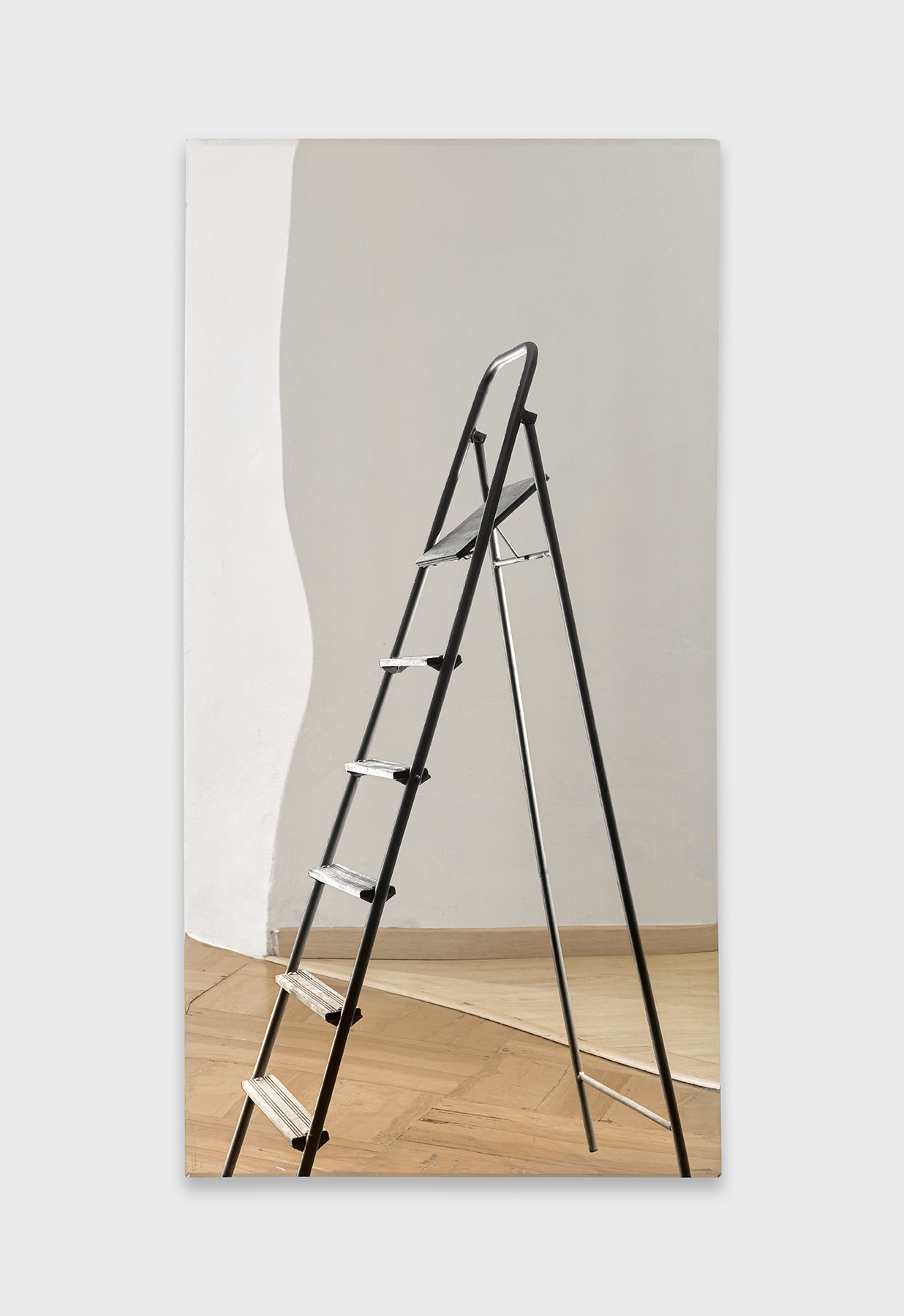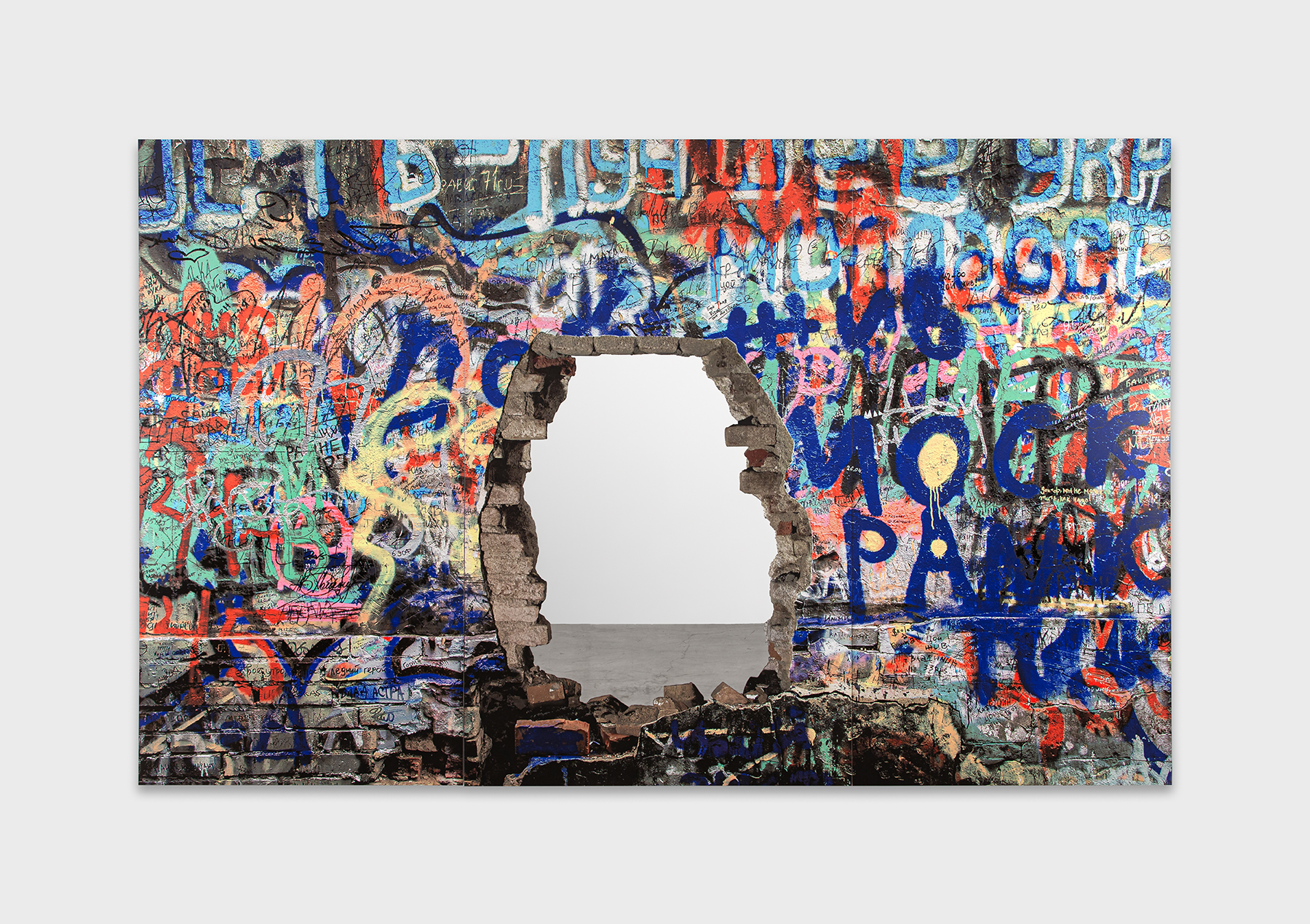For over six decades, Michelangelo Pistoletto has challenged the boundaries between art and life, inviting audiences to step into his reflective surfaces and become part of the work. A central figure in the Italian Arte Povera movement, Pistoletto has consistently explored the evolving role of art in contemporary society, using his work to address social issues such as climate change and migration. His latest exhibition, To Step Beyond, on view at the Lévy Gorvy Dayan Gallery through the end of this month, is his most ambitious to date. Created with the help of fellow Italian artist Maurizio Cattelan—yes, he of the duct-taped banana that sold for $6.2 million at Art Basel—the exhibition spans Pistoletto’s entire career, showcasing work from 1961 to 2024. Through an immersive room of 24 large, mirror-based panels, the show is staged across multiple floors of the Beaux-Arts townhouse, charting the evolution of the artist’s Mirror Paintings from their early photographic and silkscreened iterations to their highly polished, stainless-steel forms. When Catellan joined him last month to discuss the show, he wondered what young Pistoletto might make of such a large-scale retrospective. “Who I am today is everything I hoped to be then,” the 91-year-old replied. Below, the Italians went deep on the virtues of collaboration, the function of art in a rapidly changing society, and the misconceptions Pistoletto most wishes he could dispel.—CLARA SCHOLL
———
MAURIZIO CATTELAN: In the 1960s, your work was deeply political. Do you think you were more fearless back then, or has your courage evolved in different ways over time?
MICHELANGELO PISTOLETTO: I must say that my courage is still the same, but the world is increasingly complex.
CATTELAN: Oh?
PISTOLETTO: Something happens today that is in some way the repetition of and at the same time the complication and multiplication of previous phenomena.
CATTELAN: Tell me more.
PISTOLETTO: Today we have arrived at an extension of what was the slow process of the past, in a very rapid speed of multiplication of everything that is positive in progress and of everything that is negative that was brought by progress, that is, the capacity for self-destruction of human beings.
CATTELAN: What’s the most beautiful thing someone has ever said to you about your art?
PISTOLETTO: When someone told me that my art changed their life.
CATTELAN: If the young artist you were in the 1960s could see you now, what do you think he’d say to you?
PISTOLETTO: I think that who I am today is everything I hoped to be then.
CATTELAN: Is there a specific moment in your career that defined who you are as an artist today?
PISTOLETTO: The mirrored paintings and the polished black canvas of 1961 defined who I am today. Without that, I don’t know what I could be, maybe any other job, but not an artist. And if I were not an artist maybe I wouldn’t have the same security of what I do today.
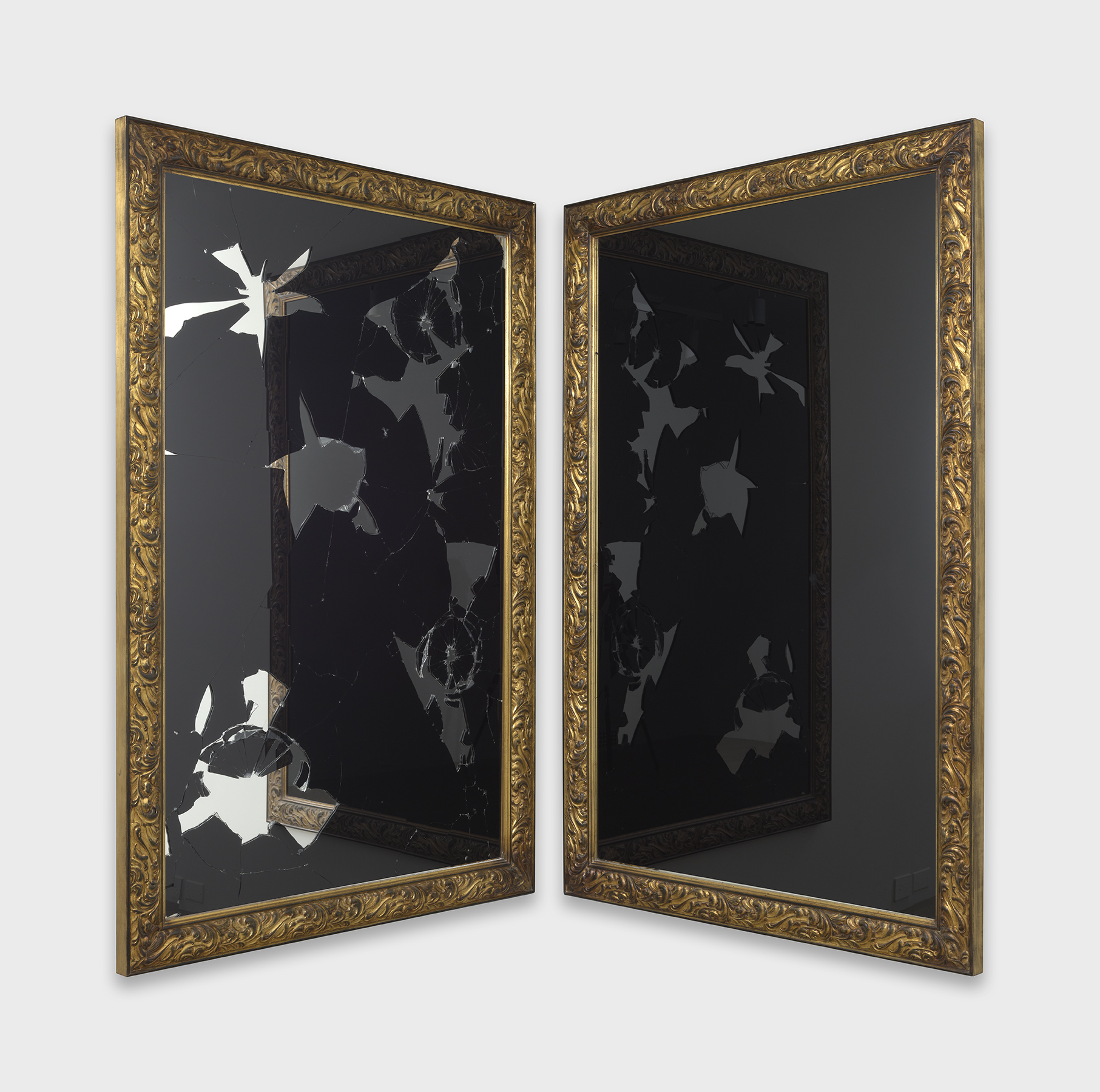
Two Less One Black, 2011 | Wood, mirror, black mirror, and gilded wood frame in two parts. Each: 71 × 47½ inches.

Two Less One, 2009 | Wood, acrylic, mirror, and gilded wood frame in two parts. Each: 70⅞ × 47¼ inches.
CATTELAN: Has the way you think about mirrors in your work changed over the years?
PISTOLETTO: The way I conceptually think about mirrors hasn’t changed over the years. But especially recently I’ve been able to integrate newer concepts, particularly artificial intelligence and also QR codes. There is still a constant relationship that exists with the mirrored painting, though it’s expanded by current possibilities that once were impossible but today are a reality.
CATTELAN: Do you think the questions art poses today are fundamentally different from those of fifty years ago? What questions do you think art should be asking now?
PISTOLETTO: Today, the same questions are the same ones as 50 years ago and they have multiplied to an unimaginable intensity and proportion. Coming out of the war when I was young, the Second World War, I think that after the fall of the Berlin Wall, I glimpsed the possibility that a new world could grow in the autonomy of the different countries and in the freedom of comparison. Things have instead grown abnormally in the opposite direction. So, what worries me is that unfortunately, not all experiences are useful and bring advantages. My experience is the experience of art, which allows me to continue in a more balanced, harmonious, and peaceful sense, while instead society truly needs a new creation, which perhaps artists can bring into it.
CATTELAN: What role does collaboration play in your process? Is it something you seek out or something that happens naturally?
PISTOLETTO: With the mirror paintings, the viewer himself is the collaborator. It happens naturally. While you are looking at one of my works, you are led to introduce your thoughts, introduce your own physical presence. In a larger sense, you produce with others every day. You may not notice it, but the mirror painting offers you the opportunity to notice it.
CATTELAN: What has surprised you the most about your own work over the years?
PISTOLETTO: The possibility that I had of seeing the entire existence through the identification of myself in the mirror, the mirror’s reflecting picture—everything that exists has become visible. Not only that, but the phenomenology of space and time became part of the art, and this surprised me because I saw that the work was responding to my need for knowledge without expecting me to give my own definition.
CATTELAN: Right.
PISTOLETTO: But it was the reality manifested through the mirrored paintings, which gave me the information of who I was. And not only that, but that I was no longer alone nor a solitary individual abstracted from the world, like the artists of the 1950s. I was part of the whole world and the whole universe, as was the world itself, including the spectators and the people who are reflected within the painting.
CATTELAN: Is there a work of yours that you feel you’ve outgrown? How would you reimagine it today?
PISTOLETTO: All new works should in some way surpass the previous ones. What you are doing, however, is beyond a step forward; it is the verification of what you have done yesterday.
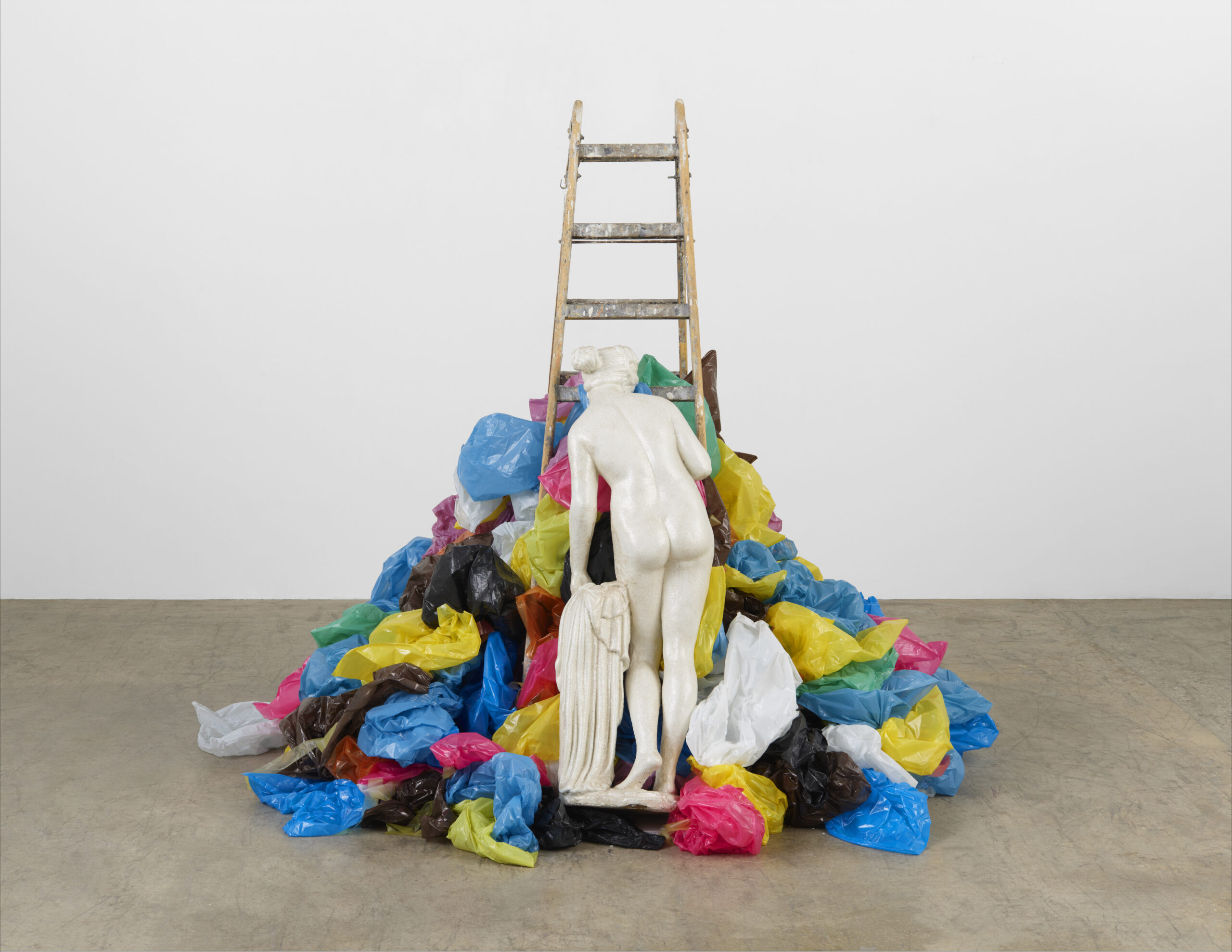
Agenda 2030, 1967/2019 | Wood ladder, concrete Venus sculpture, and plastic cups and bags. 72¹³⁄₁₆ × 55⅛ × 31½ inches.
CATTELAN: What’s the biggest misconception people have about you or your work?
PISTOLETTO: It happens in the wrong institutions, to think that I am exclusively Arte Povera because I have been many things before. I have also been recognized as even an American Pop Art artist because my works were displayed in their museums in 1964, the museums of the great pop art exhibitions. Let’s say the accents have been fixed, the emphasis has been fixed on Arte Povera, but I am not stuck with Arte Povera. I still continue even today to work with crowds and with artificial intelligence.
CATTELAN: Do you think art is still capable of shocking people today, or are we shock-proof now?
PISTOLETTO: Art has always had the same function: to reflect society alongside developments in religion, politics, economy, social organization. But perhaps never with such clarity.
CATTELAN: What is the most important thing you’ve learned, both as an artist and as a person?
PISTOLETTO: The most important thing I have learned is that everything happens by chance and you have to continually play with chance. And always be ready to grasp it and bring it towards our possibility of benefiting from it. And I have learned that we must play: as if I, for example, by playing football, I was working just like footballers do – to give the best of oneself against comparison with the other, with the other team that is giving the best of itself, so in the end what is victory? Victory is impartial: it doesn’t matter either for me or for you, but it doesn’t need competition so that everyone can give the best of themselves. In the end, what is the real victory? The society that is made up of people capable of competing for the best of all.
CATTELAN: Imagine your legacy is summed up in one word—what would you want that word to be?
PISTOLETTO: In my opinion, the word “peace,” which could be replaced by the word “harmony.” But yes, these are my words: peace and harmony.
CATTELAN: If you could go back and give advice to your younger self, what would you say?
PISTOLETTO: It’s difficult to say. Actually, no, I wouldn’t go back. Give my younger self advice? why? What I did then was something more well-known than what I do today. It’s a matter of making the legacy of creation, to always have the possibility of doing something that didn’t exist before. And in a way, making this new work, I’ve never felt younger.
Content shared from www.interviewmagazine.com.
